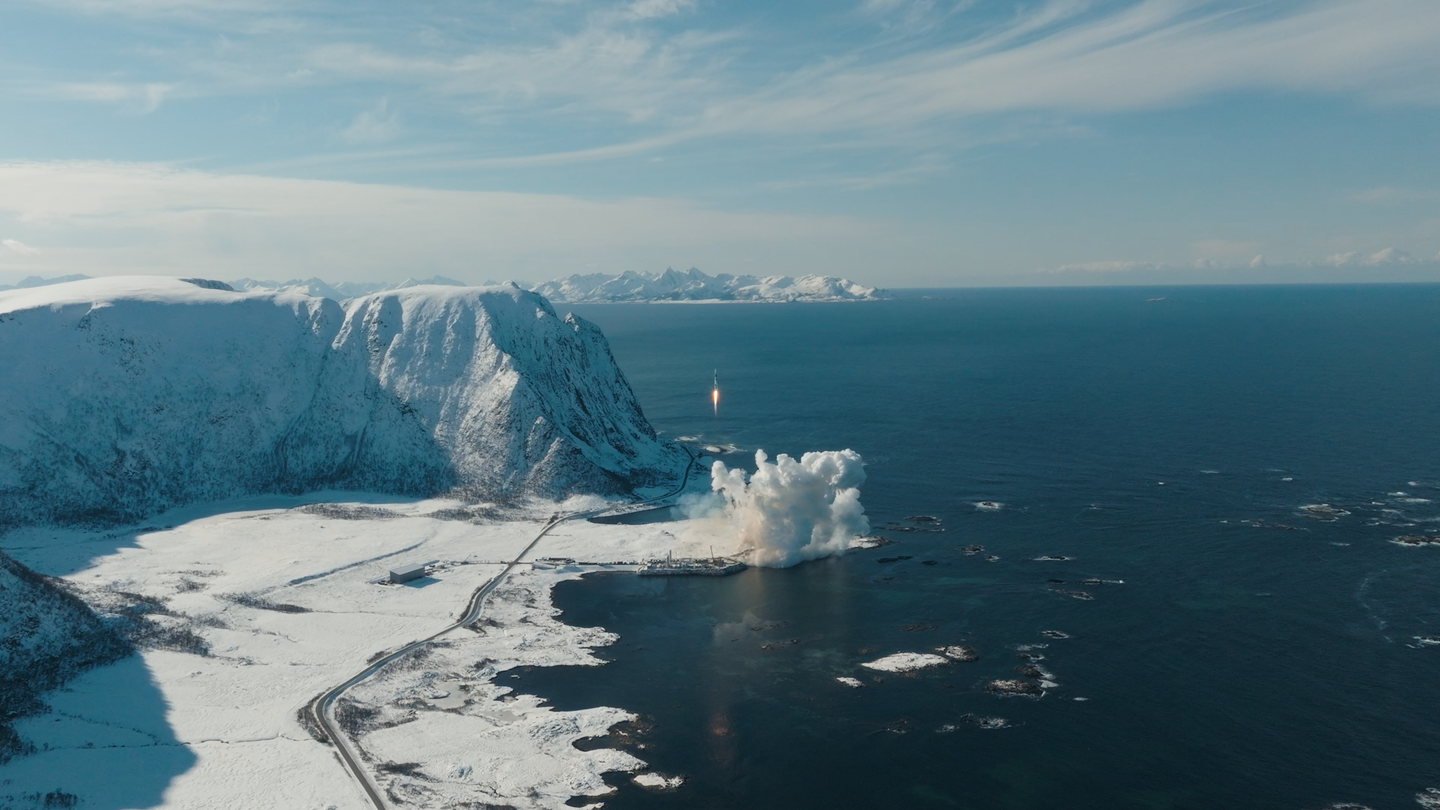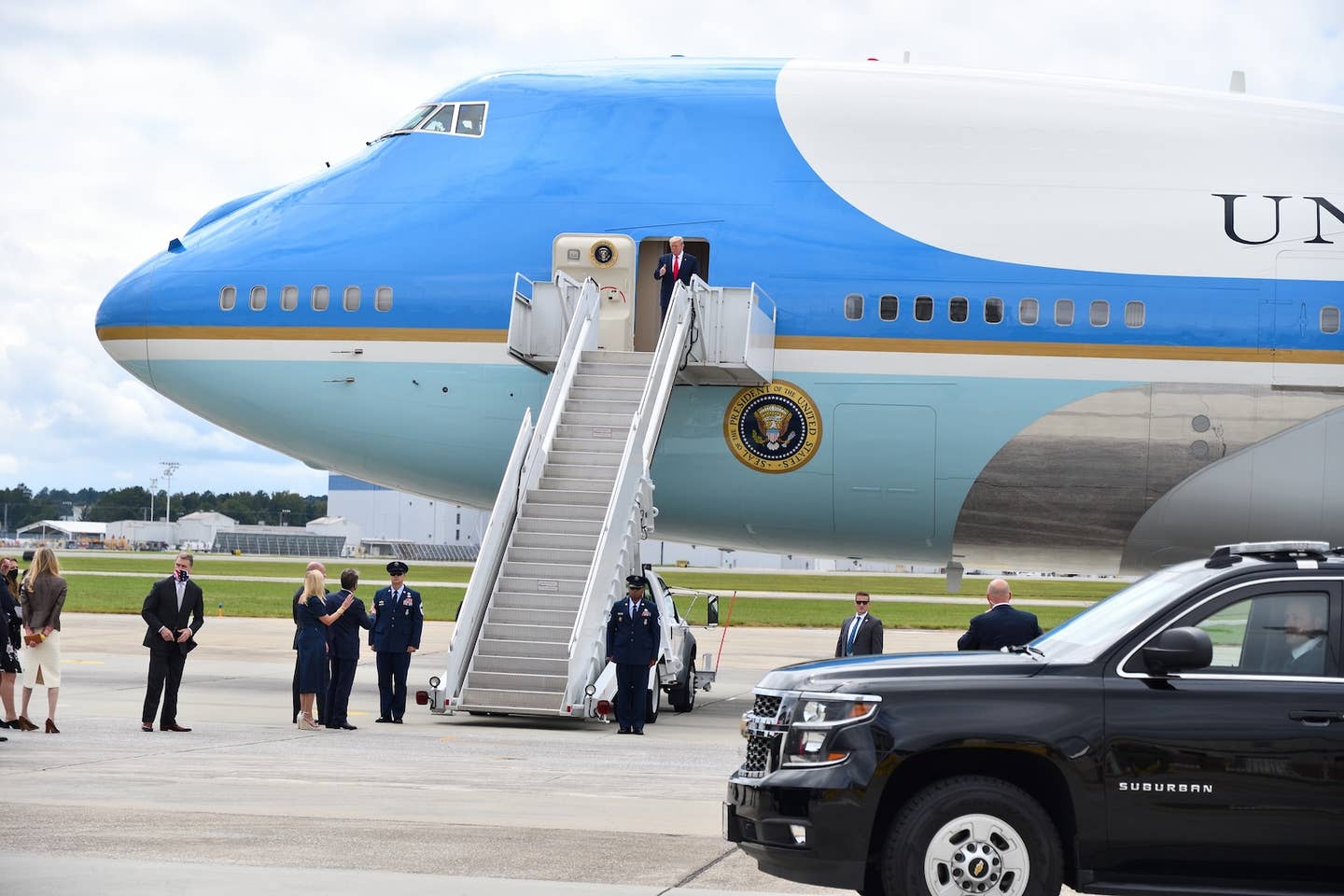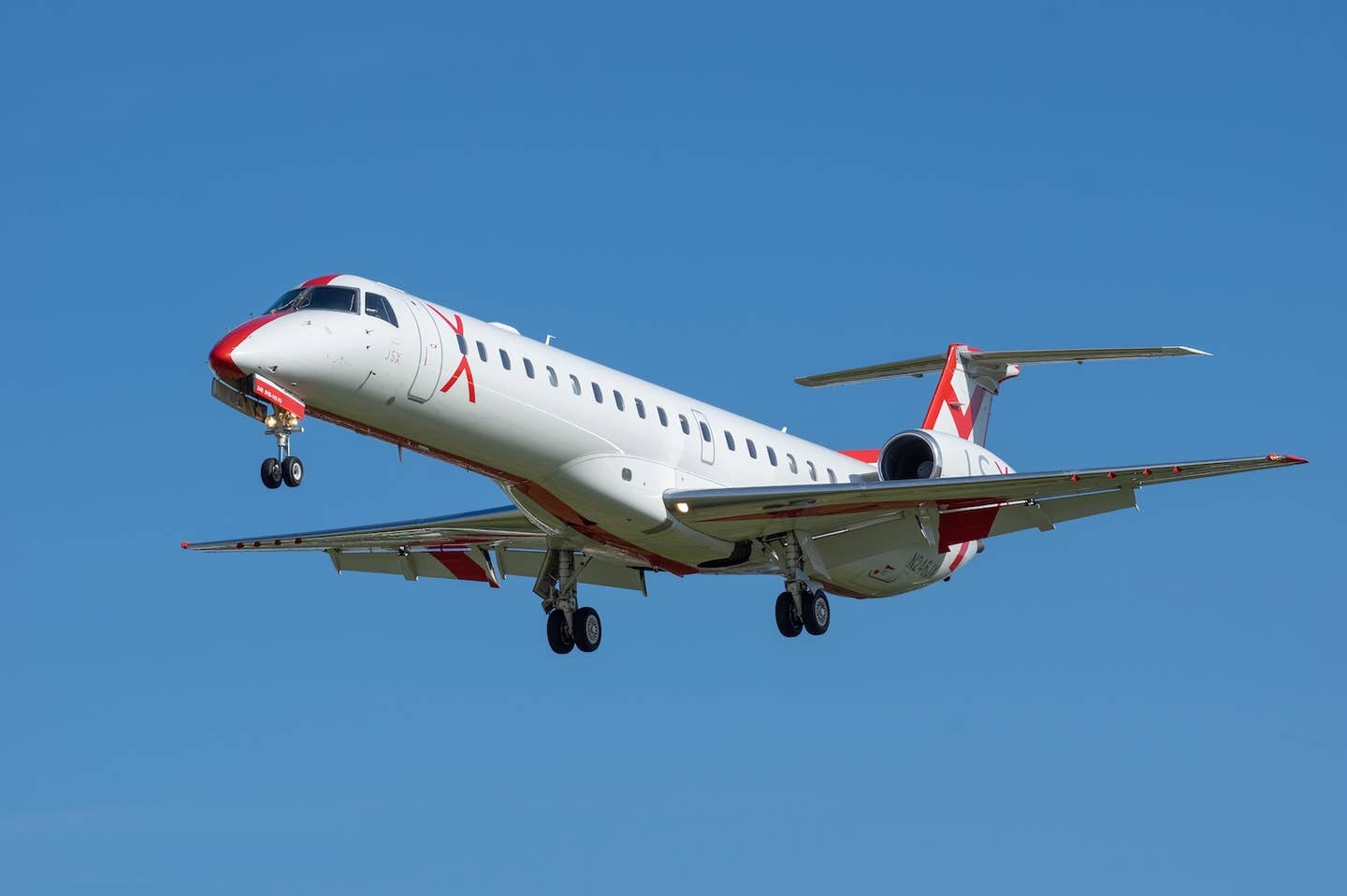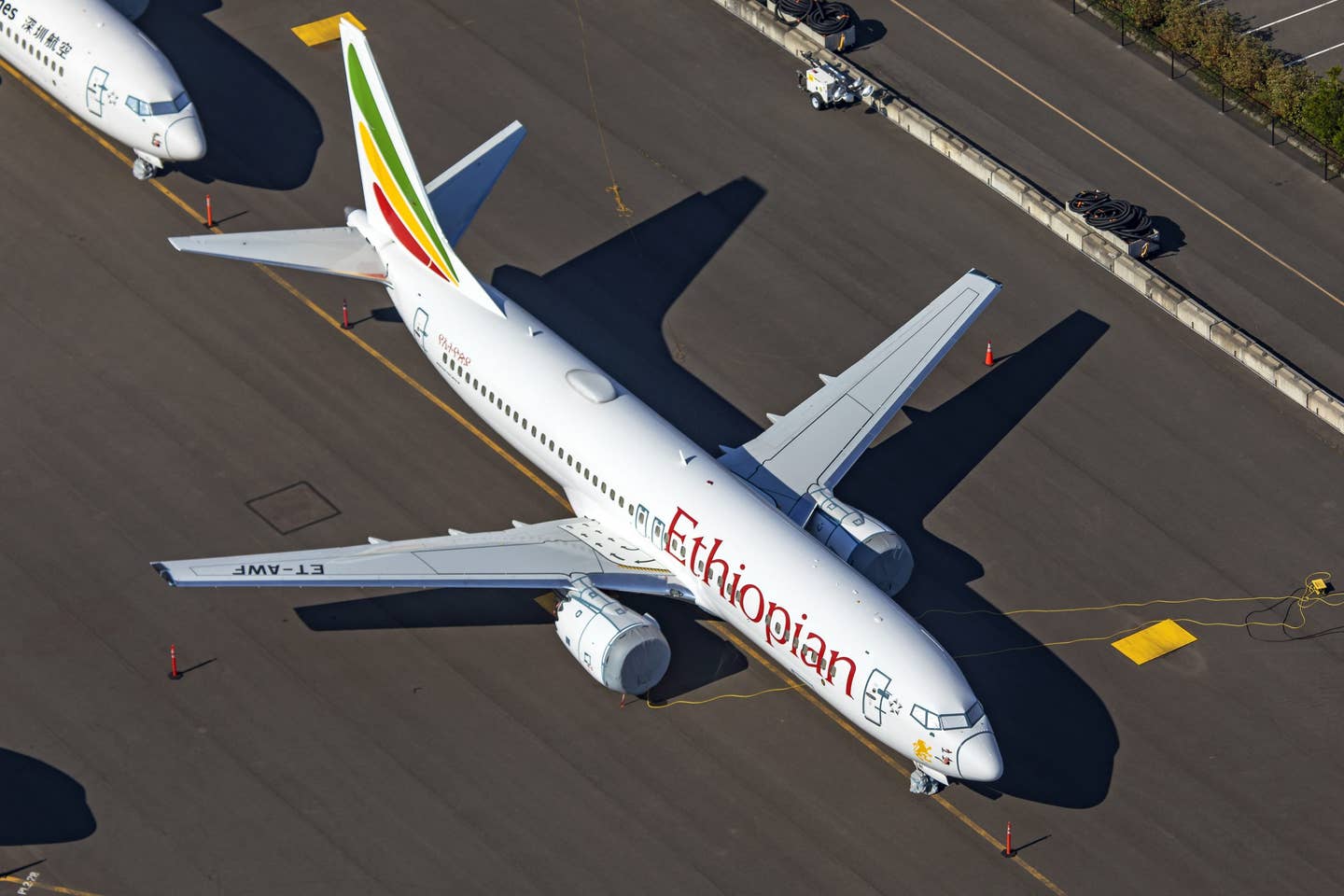
The supersonic Boom airliner and 1/3-scale XB-1 Supersonic Demonstrator. Boom Technology
Today could potentially go down as a very big day for the future of supersonic passenger flight. Denver, Colorado-based Boom Technology has unveiled its XB-1 Supersonic Demonstrator, a 1/3-scale version of the company’s supersonic airliner. The demonstrator is expected to fly next year. The full-scale airplane, expected to take flight in 2020, has targeted top cruise speeds of Mach 2.2, enabling business trips from New York to London and back home in a day, eliminating the discomfort of jetlag, said the company’s CEO Blake Scholl. Scholl expects to bring the supersonic airliner to market in 2023.
First flight will be conducted east of Denver. Virgin Galactic’s The Spaceship Company will assist Boom with its supersonic flight testing, which will take place at Edwards Air Force Base in California’s Mojave Desert. “As an innovator in the space, Virgin Galactic’s decision to work with Boom was an easy one,” said Richard Branson, founder of Virgin Group. “We’re excited to have an option on Boom’s first 10 airframes.”
Why would Boom succeed where the Concorde did not? Scholl explained that new materials, much more efficient engine technology and advances in the aerodynamic design process will make Boom a winner. “Concorde’s designers didn’t have the technology for affordable supersonic travel, but now we do,” Scholl said.
While an engine maker has not yet been selected for the full-scale airplane, Boom’s passenger airliner is designed to be a trijet and will achieve its stellar speeds without the inefficiency of afterburners. The 68-foot-long Baby Boom demonstrator is powered by three General Electric J85-21 engines. It is designed to carry two crewmembers and will have a max takeoff weight of 13,500 pounds. The delta wing has swept trailing edges and a wingspan of 17 feet. Like its larger sibling, it is expected to reach a top speed of Mach 2.2 and have a 1,000 nm range.
The full-scale airliner will be 170 feet long and have a wingspan of 60 feet. It is expected to carry 45 to 55 passengers and six crewmembers to a max range of 9,000 nm (4,500 nm unrefueled).
The company expects the pricing for an overseas flight to run about the same as a business class or first class ticket with a current airline, making sense for business travelers. Concorde’s flights ran about $20,000 from New York to London, turning the trips into more of a bucket list item than a viable business travel option, Scholl said.
The Concorde also offered very limited route offerings. Once up and running, Scholl expects Boom to offer about 500 different daily routes. How is the company getting around the supersonic flight over water? It’s not. The top speeds would only be flown on over-water legs and would be brought down below supersonic over the ground unless flying in a supersonic corridor.

Sign-up for newsletters & special offers!
Get the latest FLYING stories & special offers delivered directly to your inbox



![United Airlines secures FAA approval for Starlink, with first commercial flights set for May. Starlink offers 50x faster internet, free for MileagePlus members. [Courtesy of United Airlines]](https://www.flyingmag.com/uploads/2025/03/UnitedAirlines_Starlink_Image.jpg?auto=webp&auto=webp&optimize=high&quality=70&width=1440)


